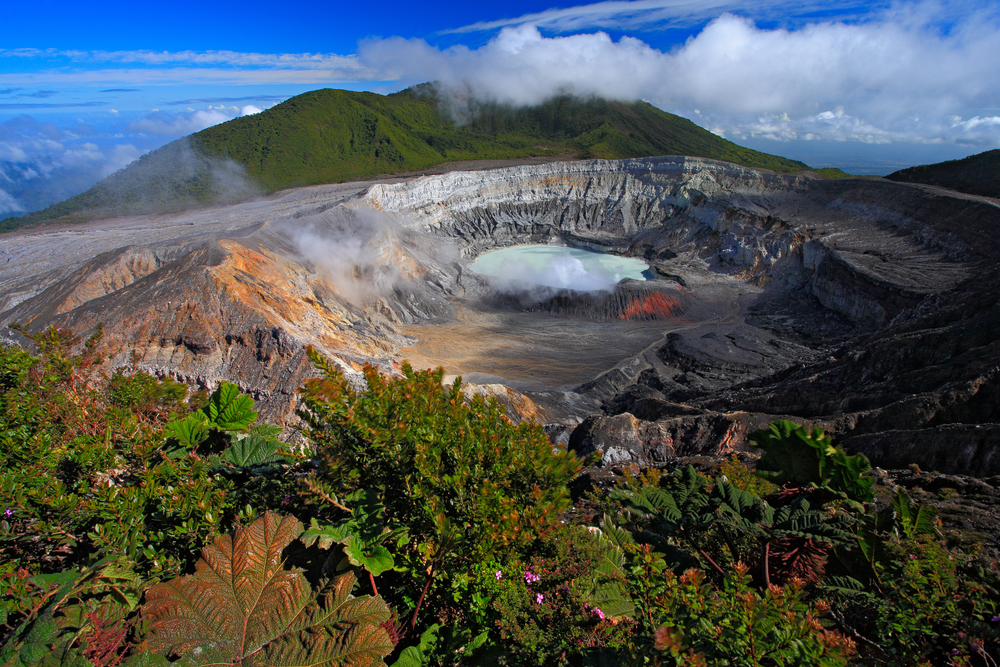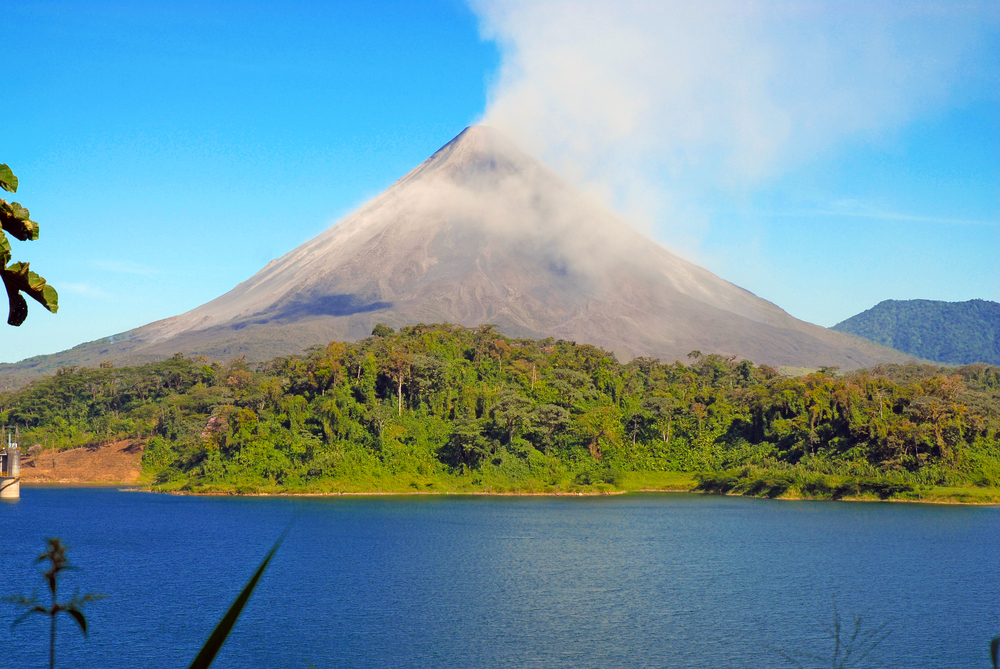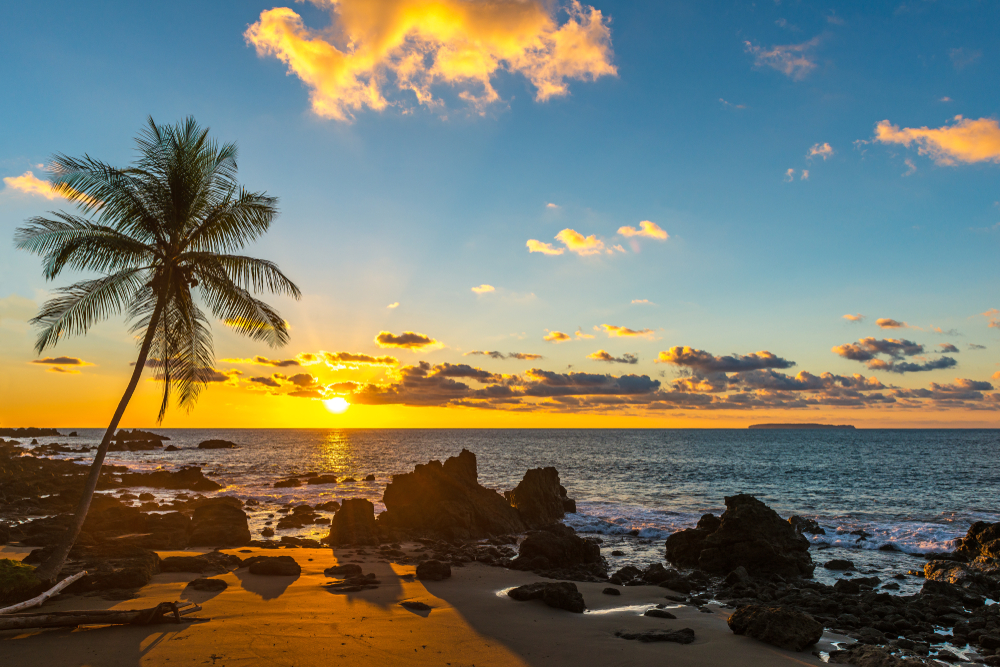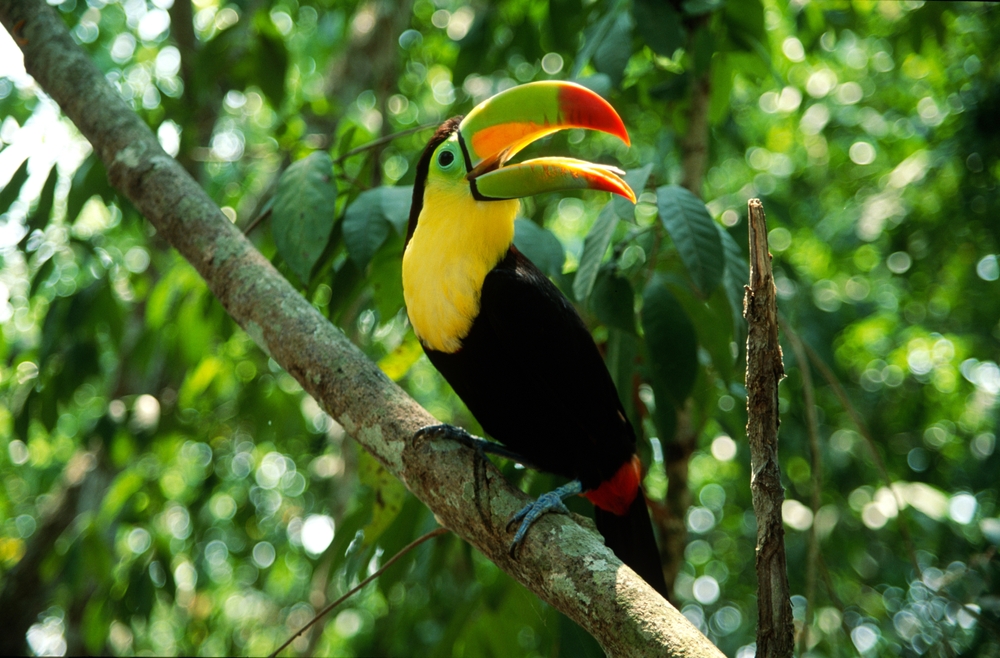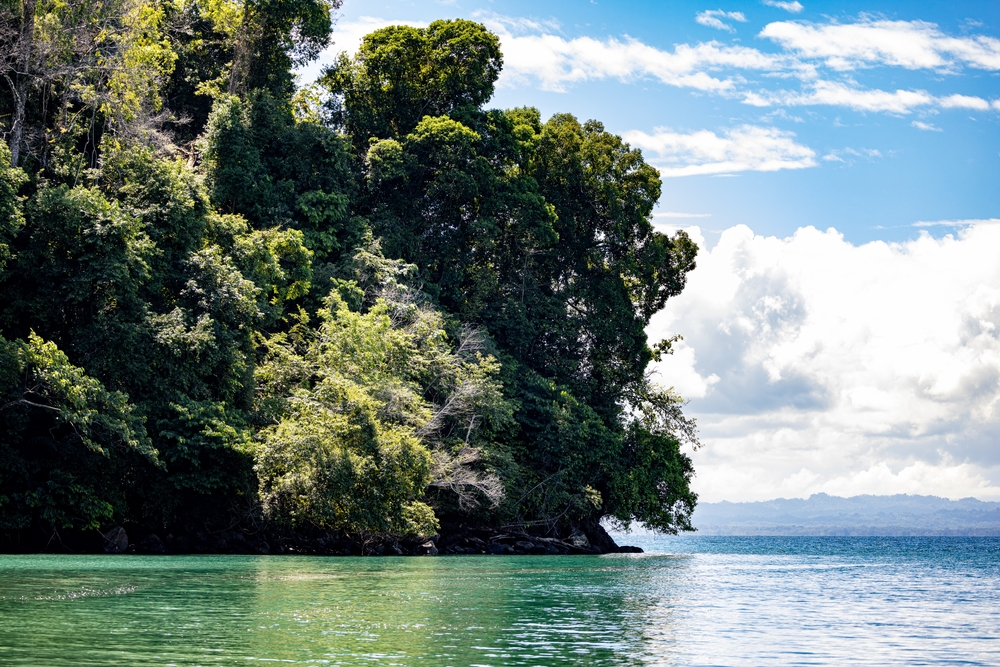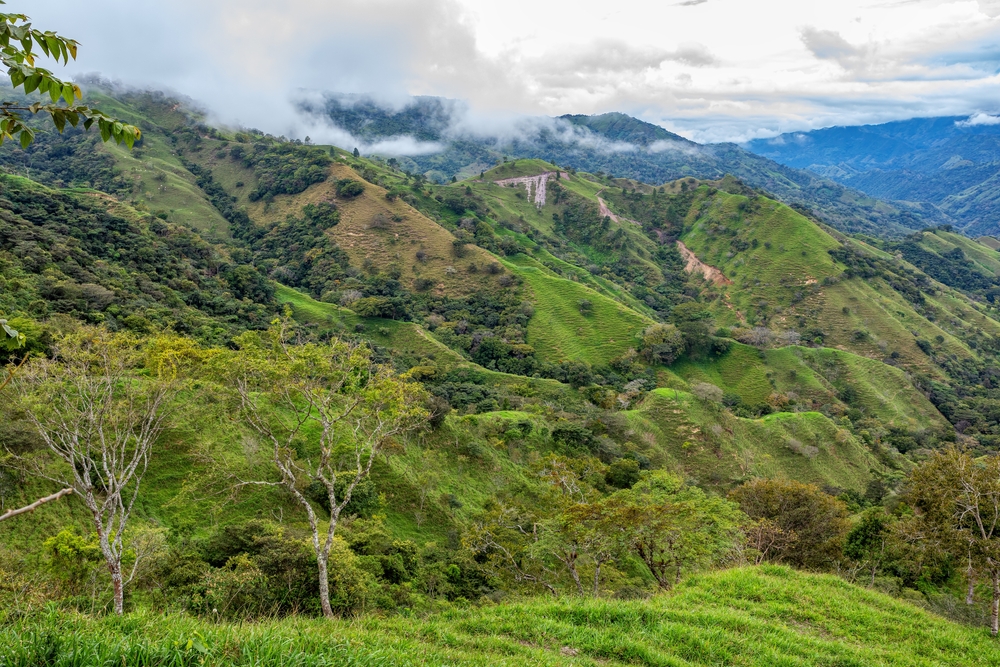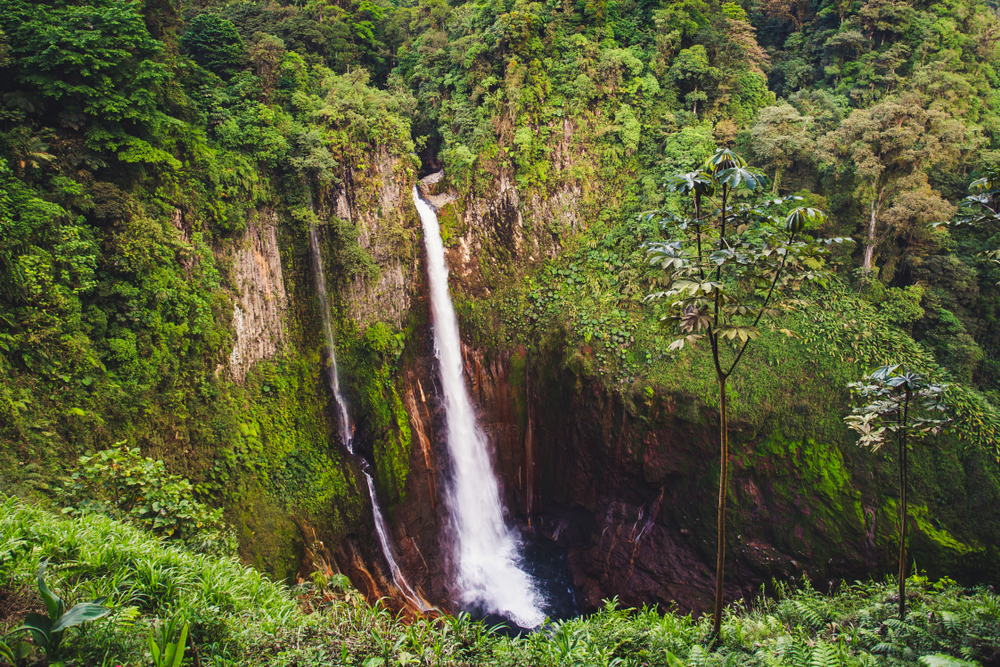Poas Volcano Overview
Poás Volcano National Park, known in Spanish as Parque Nacional Volcán Poás, is one of Costa Rica’s most intriguing and accessible natural reserves.
Covering approximately 10 square miles (26 square kilometers) in the heart of the Central Volcanic Range near the town of Poás, the park offers visitors a glimpse into the raw power of nature and an opportunity to witness one of the region’s most active volcanoes.
Established to protect the unique geological phenomena and vibrant biodiversity of the area, the park reflects Costa Rica’s strong commitment to conservation and sustainable tourism.
The terrain within the park is as diverse as it is dramatic. Dominated by the formidable Poás Volcano, the centerpiece of the reserve is a spectacular crater that houses a brilliant turquoise lake. The vibrant crater, with its ever-changing hues and occasional bursts of steam, captures the intense geothermal energy hidden beneath the surface.
Surrounding the crater are rugged trails, bubbling hot springs, and small waterfalls that cascade over volcanic rocks, each adding to the park’s mystical ambiance. The contrasting landscapes—from barren, rocky outcrops to lush, misty cloud forests—offer visitors an immersive experience in one of nature’s most dynamic settings.
Vegetation in Poás Volcano National Park is both rich and resilient. The unique volcanic soils support dense stands of oak and pine that coexist with tropical shrubs and delicate wildflowers. Along the crater rim and in the cooler highland areas, mosses, ferns, and orchids flourish under the moist, humid conditions.
This diverse plant life creates a natural mosaic that not only enhances the scenic beauty of the park but also sustains a complex ecosystem adapted to periodic ash falls and thermal variations.
Wildlife in the park is as captivating as the landscapes it inhabits. Visitors might catch sight of nimble coatis, curious squirrels, and even elusive wildcats that have adapted to the volcanic environment.
The park is a haven for bird enthusiasts, too, with the air alive with the vibrant calls of hummingbirds, toucans, and a variety of tropical songbirds. These animals contribute to a rich ecological tapestry that appeals to nature lovers and wildlife photographers, ensuring that each visit offers new and exciting encounters with the region’s fauna.
Experiencing the park is both engaging and educational. Guided hikes and observation platforms allow visitors to safely admire the active crater and the surrounding natural splendor.
Informative trails and interpretive exhibits provide insights into the geological history and ecological importance of the area, while well-maintained paths invite exploration at a leisurely pace. This blend of adventure and learning makes the park a popular destination for families, scientists, and tourists seeking an authentic encounter with Costa Rica’s natural heritage.
Despite its allure, Poás Volcano National Park faces conservation challenges. Periodic volcanic activity and the pressures of increasing tourism require careful management to balance visitor access with environmental preservation.
Ongoing reforestation projects, strict visitor regulations, and continuous monitoring of volcanic and ecological changes have marked significant successes in the park’s conservation efforts, ensuring that its unique landscapes and wildlife can be enjoyed by future generations.








































































